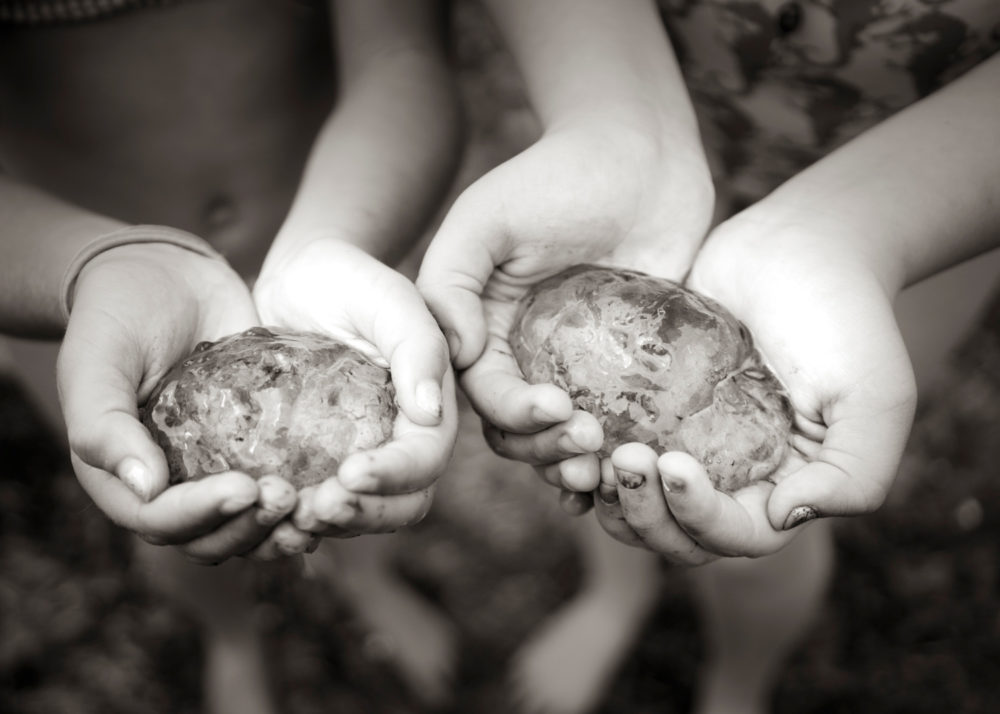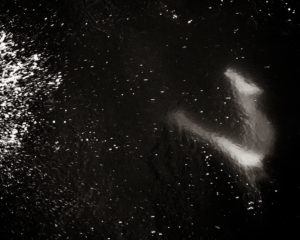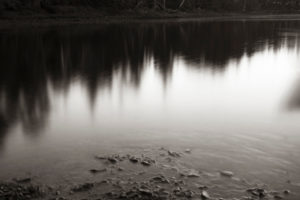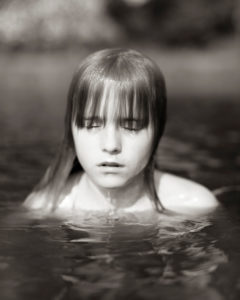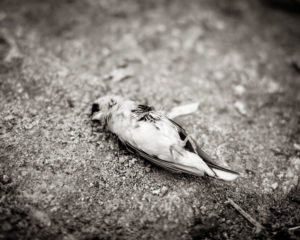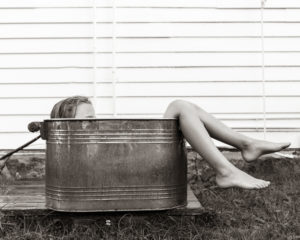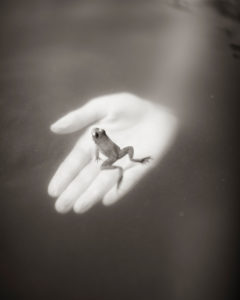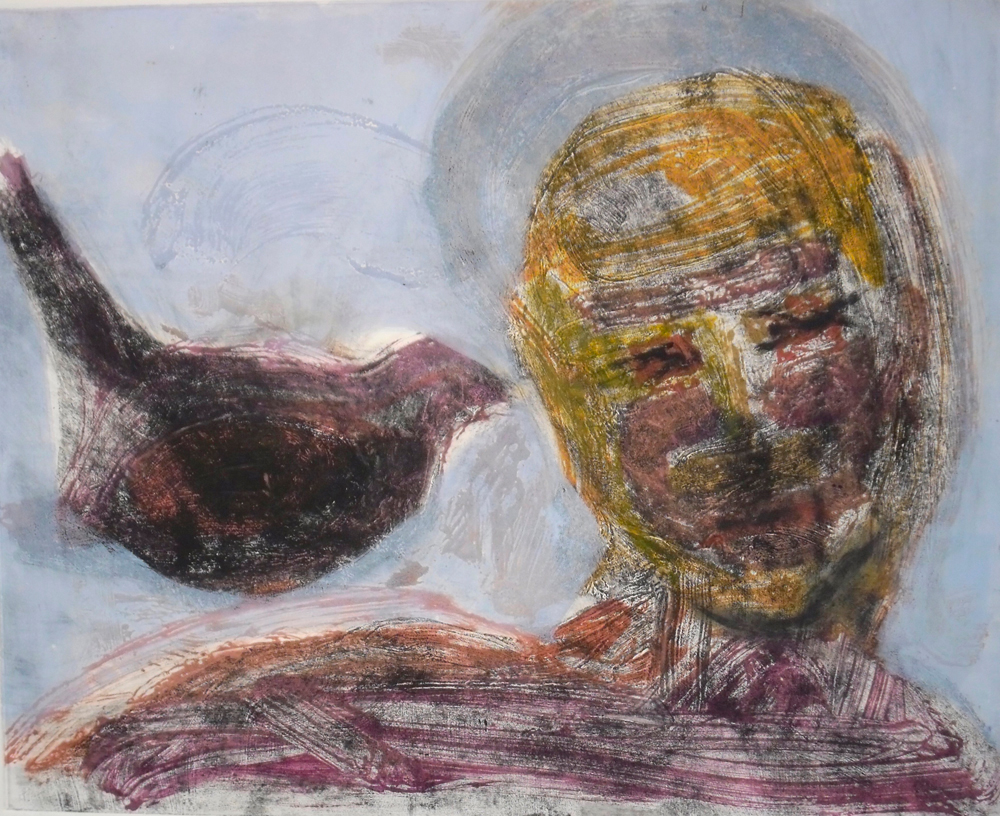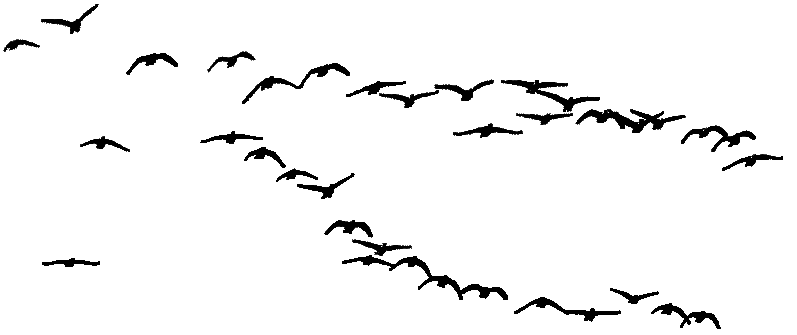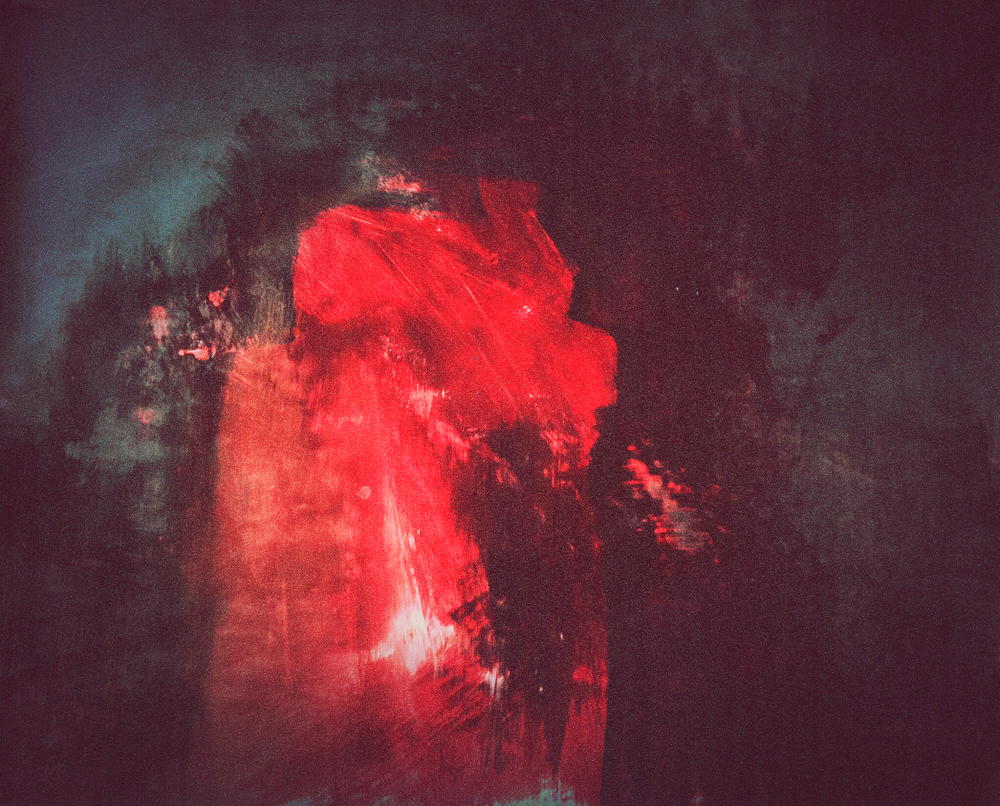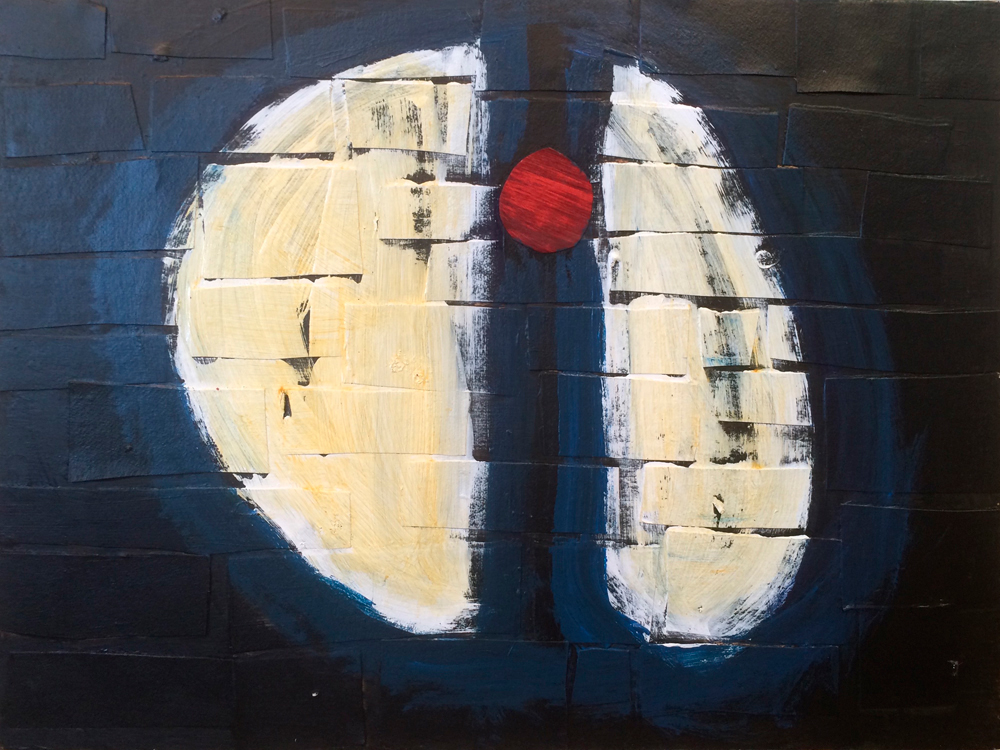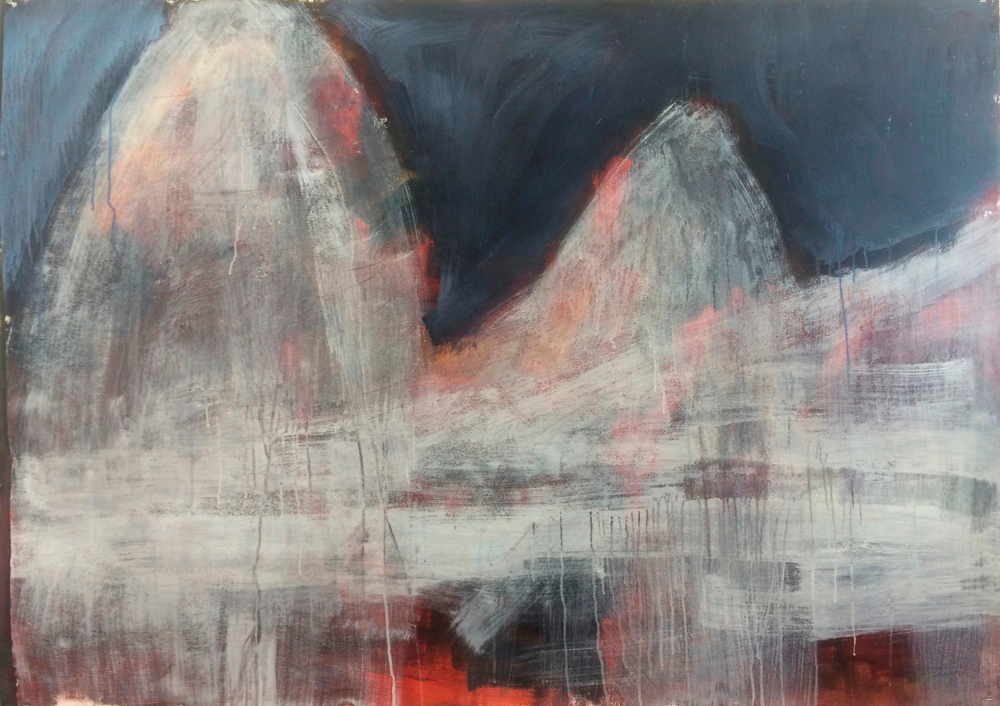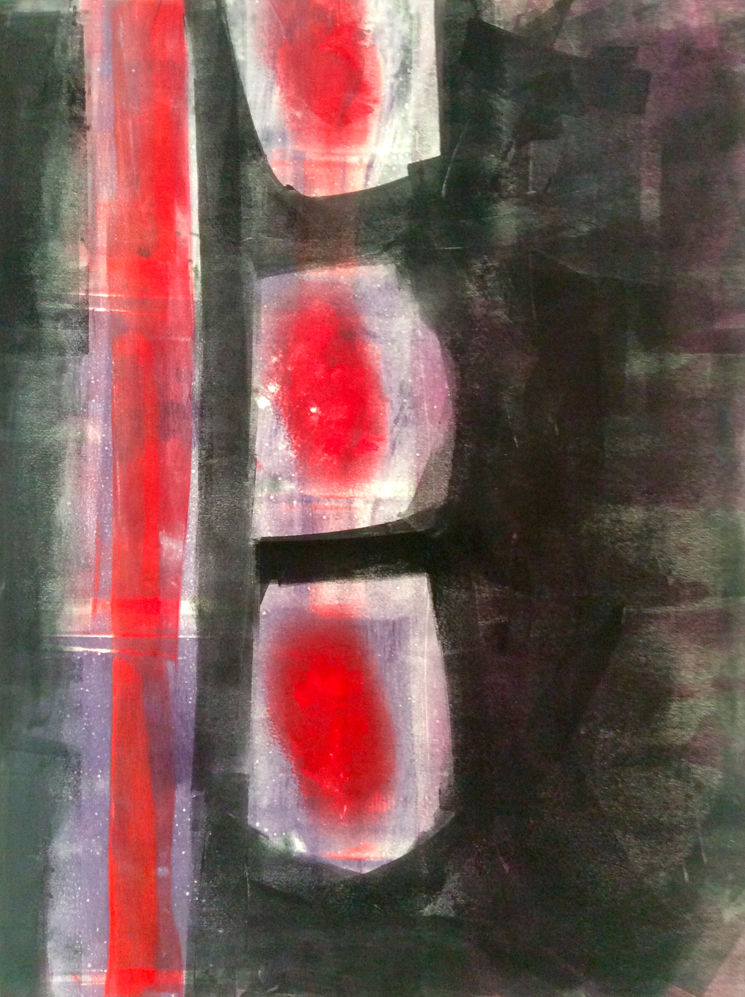Stephanie Wade
Introduction
It is so easy to get lost in our hurry to get there- time dissolves as we browse the internet; as we speed from place to place, ingesting soundbites and tweets, directed to the fastest route possible by Google’s algorithms, by the voices from our phones. But, what, ultimately, do we lose in our quest for efficiency?
Poems slow us down and open us up by creating space in which we can navigate and renegotiate the terrain of our lives, explore the intersections between self and other, and imagine new worlds. Dwelling in poetry changes our bearings. Maps do the same thing. They create layers of time and place; they allow us to imagine multiple paths, alternative destinations, new worlds. Illustrating geography, history, politics, and culture, maps, like poems, serve as portals, like the map songs Harriet Tubman and others used to connect stars in the sky and moss on trees and people on the path to freedom.

Michelle Menting’s poetry and Margot Carpenter’s maps invite consideration of the consequences of haste, and they illustrate alternatives. Their work reminds us that many paths lie ahead, twisting and turning and intersecting and diverging, appearing and disappearing, again and again. Slowing down, dwelling in their work, we may feel the connections between humans and other mammals, consider the shared spaces we inhabit, and learn where to find what nourishes us.

Harriet, ©Margot Carpenter
AFTER READING “A BLESSING” BY JAMES WRIGHT
I pay more attention to life
along the highway. Literal life. Literal
highway. So often I’m consumed
by the death, the road-kill-carrion
smeared muscle of rodents, raccoons,
even bears. Oh my.
Before A Blessing, I noticed not
the Guernsey cows, so golden, so sweet,
and the deer that make it, that do
their best Baryshnikov over the ditch.
I noticed instead the porcupine’s needles
follicle-ing from asphalt pores, the fox’s tail
bobbing and stuck in a seam of tar,
and the feral cats who didn’t do their best
Martha Graham to avoid a Honda’s tire.
After A Blessing and learning about breaking
into flower, and the joy experienced
from observing two ponies nuzzling,
I pay attention. I see turtles living on the edge,
scooping the gravel to lay their eggs.
And my left arm greens to a stem.
I see frogs being improper in the road, right
in the middle of the road during a rain storm,
and I brush pollen from my shirt.
Those cows, those gentle Guernseys?
I see them, and the fingers on my right hand
become petals. I can’t step out of
my body completely and break
into flower, but parts do blossom.
After reading A Blessing I’m still no fool.
I can’t ignore the sadness of the road,
the literal road, the metaphorical one too.
One morning while running in Madison,
Wisconsin, I saw further up the street
the shape of a squirrel hovering over
some thing, some still but soft thing.
I caught up and the squirrel, that visible
squirrel, didn’t flee. It didn’t leave
its partner, the soft lump in the center
of the road, clearly hit, clearly dead.
This squirrel, this living rodent, this pest
to attics and garages, prodded its dead love.
Nudged her. Wouldn’t leave when I ran by,
and only fled to the grove of oaks
when another truck approached.
I kept running. I looked back,
and that squirrel had returned
to its partner’s side. That’s when I thought
I’d break. That my whole body and heart
would break, but not into blossom.
Instead, I would crumble like a leaf
in November. I would crisp into pieces—
some parts dirt, while others
would sparrow into the wind.
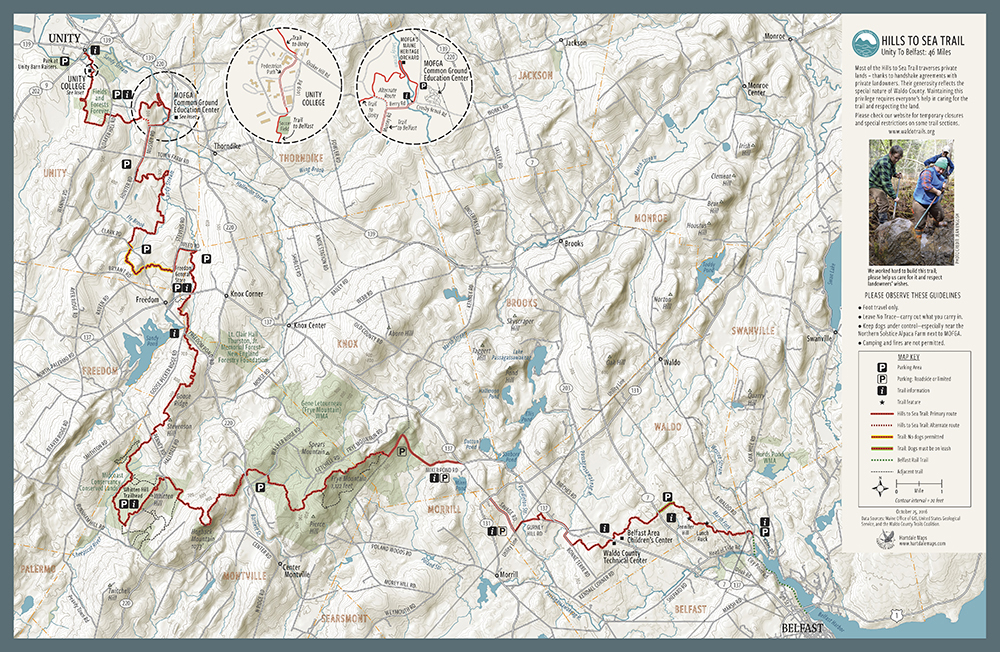
Hills to Sea Trail, ©Margot Carpenter
CYCLIC
The odor was septic and made us speechless,
though we’d already lost our voices
when the sun napped dusk, when night’s sheet
hushed the traffic, the birds, our thoughts.
It was a peahen hit to the ditch
and decaying. Her left wing shielded
her breast–a draped cape, her final
comfort. The smell of turkey is not
always the same. If we cooked her carcass,
would the scent remind us of arugula,
of berries brined? Of autumn and wood fires,
or late summer’s chilled wine? This find,
this bird, we encountered on an evening
that made us question beauty, was she messaging
her last will and flight? Her lofted feathers,
those still sticking to live twigs weighted
with winter berries, lead us further still
into the meadow policed by the farmer’s
one black horse and one banded cow.
Land we did not own but that owned
our souls in its soil like all life its surface
sends meandering. Not listless in loss
but lustful for fresh discovery in beauty
found in failed crossings, we crossed
as wayfarers. We foraged through paths
in pastures of sorghum futures or would-be whey.
Our earlobes and nostrils, every follicle
of skin, set as seismographs collecting
fall rot and cyclic decay–any fresh
disturbance–in measurements of awe.
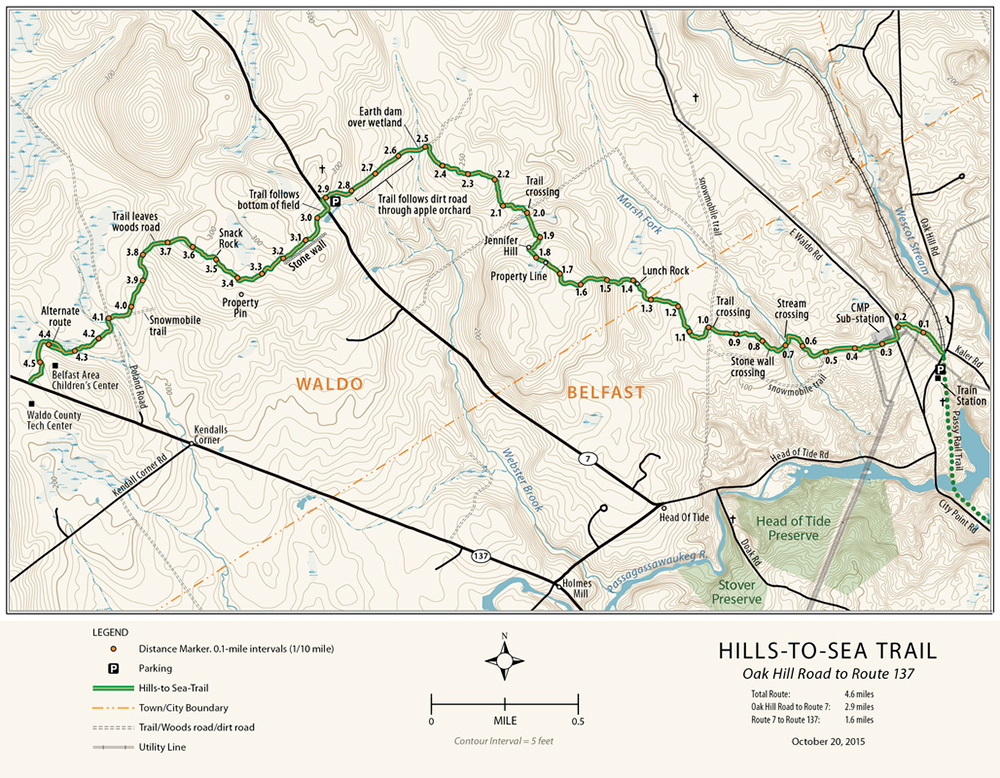
Hills to Sea Trail, ©Margot Carpenter
HOW, NOW FROM OUR FRONT DOORWAY YOU CAN SEE A FAIRWAY
Maybe the moon rises like this everywhere?
Wide, reflecting the pond in the middle
of a golf course? We laughed: how
coarse, a course of golf. How now
we went from a home in the woods
to puddle and turf. Now,
we look from a gate with wire
that wraps the remaining pines: how, now
they fence the land. Still, that moon,
once buck now harvest, is slow
but full over the tree line. Low
and looming. Too orange to be safe.

Washington County Farmer’s Market, Margot Carpenter for Maine Federation of Farmer’s Markets
REVISION
This time in my house, I’ll bring in the furniture, inside
this time, from the garage.
Years ago, our house–the one we lived in together, thought
how cool to be new in our twenties with a deed and a driveway,
that house, a brick bungalow with charm–stayed empty
for a year with bags as dressers, futon for our bed.
That house–hollow without tables or chairs, sofa or stools–
we didn’t know how to fill, except with our voices: inside
the air between rafters and thresholds, all that space, we’d loft
phrases, pastoral and poetic. You’d say lines
like, you shed our morning blankets like a dragonfly
molting, and I’d say, you’re wading along the lakeshore,
wielding a net. And back and forth, the words we tossed
echoed and faded, bounced in that space we shared
against emptiness. Maybe if we had created an alcove,
spackled a wall, constructed a partition, or just brought in
our furniture, we could have secured our words, trapped them
inside, filled our house like an aquarium of language.
Instead, after coffee that final August morning–our last
together in that house or anywhere, with windows
open, breeze traveling through–we sat in silence.
The only words were stuck on the refrigerator door.
In block letters we formed phrases, final and magnetic.
You linked: SHADOWS WE FELL THROUGH
TRUTHS WE LOST. And I linked: I KNOW
AND MISS A HOUSE A HOME.
And all around us, inside and quiet, the wind blew
our phantom voices from rafters to thresholds.
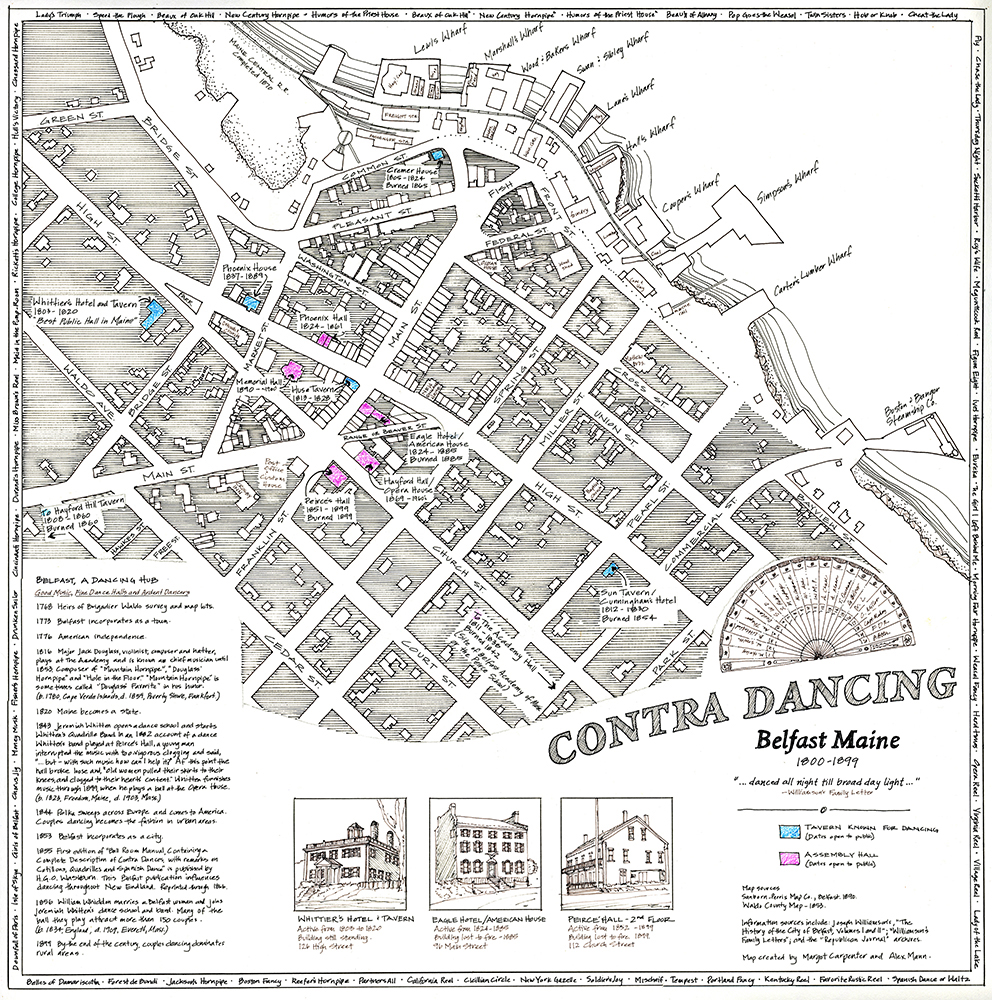
Contra Dancing, Margot Carpenter for Alex Mann
ASTERISM ASTERISK
Remember when you could draw Ursa Major
from memory? How you knew to dip from line
to endpoint to line to endpoint? Ursa Minor was the same
across the sky, and Orion was a three-prong belt. Maybe
this was in third grade when string cheese was in lunch boxes
and string theory on TV. When space shuttles taught you
the word tragedy and you hoped your teachers would never
fly away. Something about outlining the stars—
forming constellations by connecting the dots, something
about endpoints— seemed necessary, like a new language
you could use in a future where everyone soared in cars.
Something about mapping those lines, and memorizing
the Latin, and that joy you got from asking, “how is that a bear
or an archer with a bow, and what is a big dipper anyway?”
Some things are so easy to forget once you learn tragedy by heart.
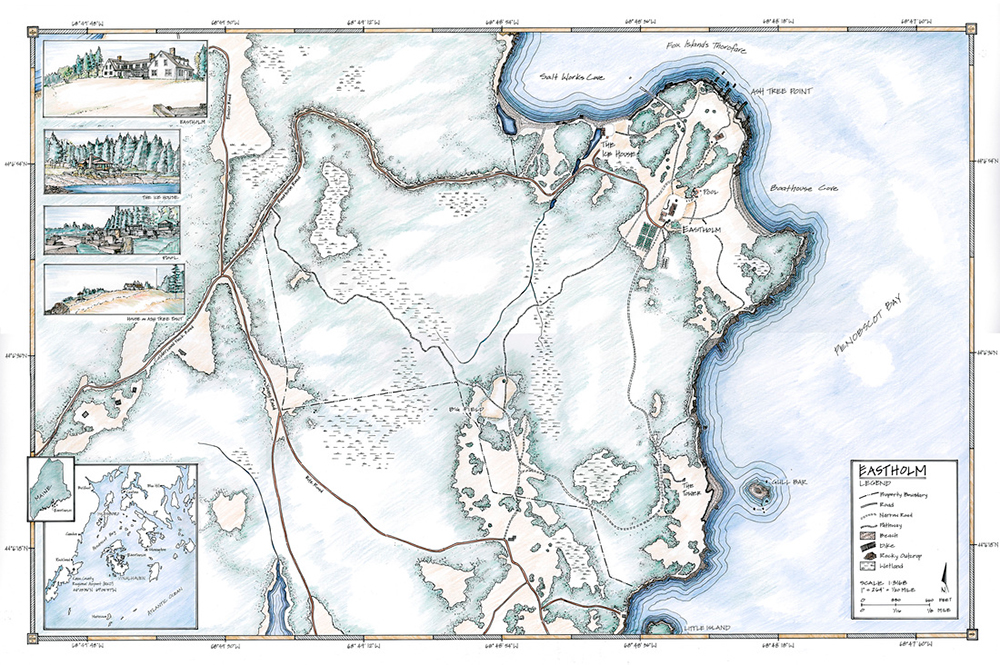
Eastholm, Margot Carpenter for private collection
00
Stephanie Wade teaches writing and environmental humanities at Unity College. Her interest in maps and poems is part of a project to define narrative ecology, which posits narratives as living systems that include the stories conveyed by physical environments and material items; that shape our experiences and also respond to our actions; and that persist in layered, multiple, dynamic forms.
Michelle Menting is the author Myth of Solitude (Imaginary Friend Press, 2013) and Residence Time (Dancing Girl Press, 2016). Her work has appeared or is forthcoming in Cimarron Review, The Offing, The Southeast Review, The Hopper, and the Deep Water and American Life in Poetry columns, among other places. She lives in mid-coast Maine.
Margot Carpenter creates digital and print maps for a diverse market. She has made maps for the Maine Department of Transportation; recreation, tourism and environmental groups; and for books published by Downeast Books, Dutton, Simon & Schuster, and Falcon Press. Her business Hartdale Maps is in Belfast, Maine.







































































